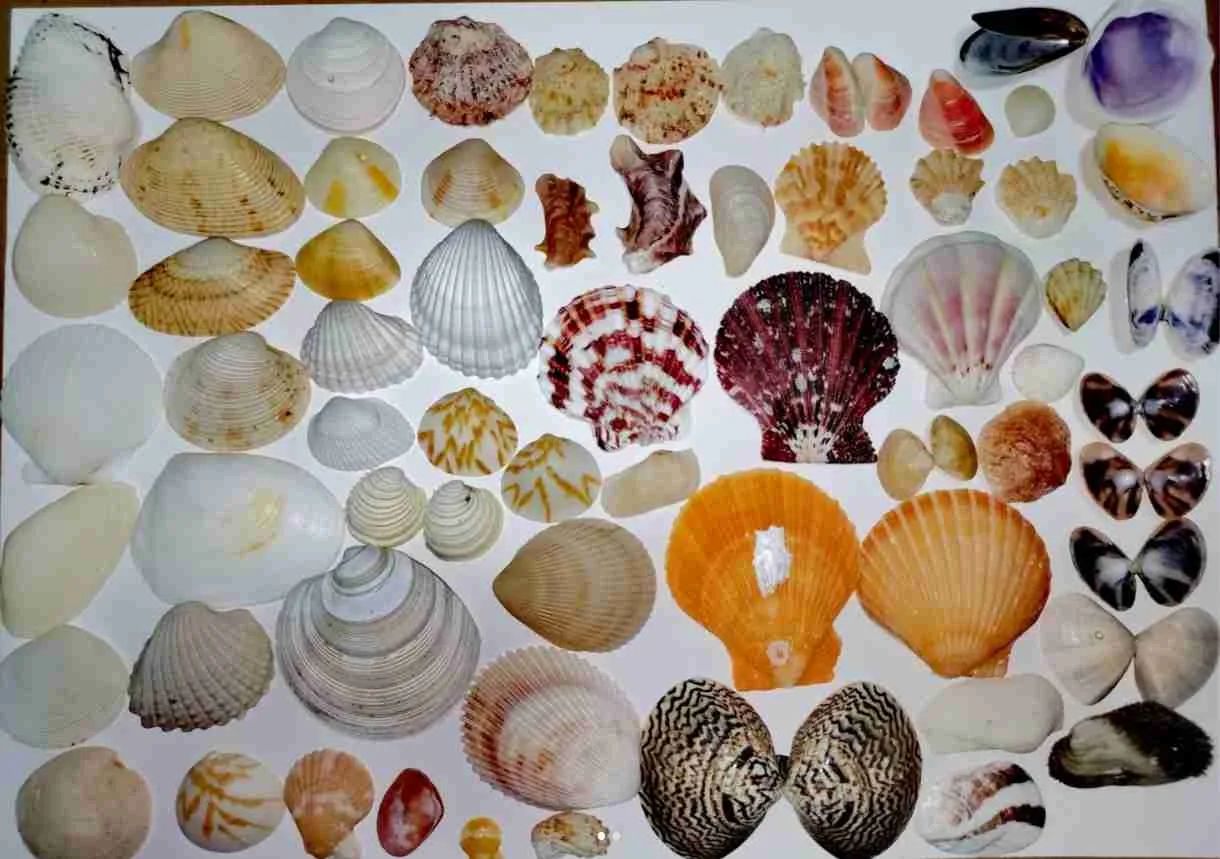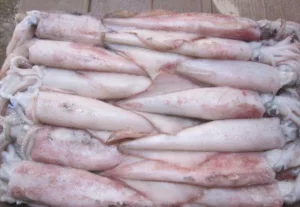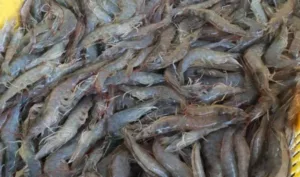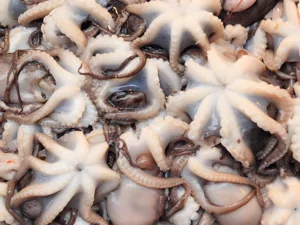Scallops are more than just a seafood gourmet favorite, come encased in a variety of shells that are as diverse as they are beautiful. From the Bay Scallop to the grand Sea Scallop, each type of scallop shell has its distinctive features. In this article, we will delve into the fascinating world of scallop shells, exploring their anatomy, the common types you may encounter, and popular uses for scallop shells.
Understanding scallop shells
Scallops are part of the bivalve mollusk family, and boast the unique ability to swim, setting them apart from their oyster and clam cousins. Known for their sweet, delicate meat, scallops are culinary favorites. Their shells, beyond serving as charming seafood dishes, are sought after for decorative purposes. Their fan shape, an iconic symbol, has been used in architecture, art, and logos, reflecting their cultural significance through the ages.
Scallops are intricate creatures, housing muscular, nervous, and digestive systems, yet they operate without a brain. They feed on plankton, filtering it through their complex bodies. The shells of scallops are bivalves, meaning they consist of two parts connected at a hinge. The coloration of these shells, vibrant on the exposed side and typically paler underneath, is influenced by their diet and environment.
Common Types of Scallop Shells
Scallop shells come in a wide range of shapes, sizes, and colors. Let’s explore some of the most common types you may come across during your daily life.
Pen Scallop Shells
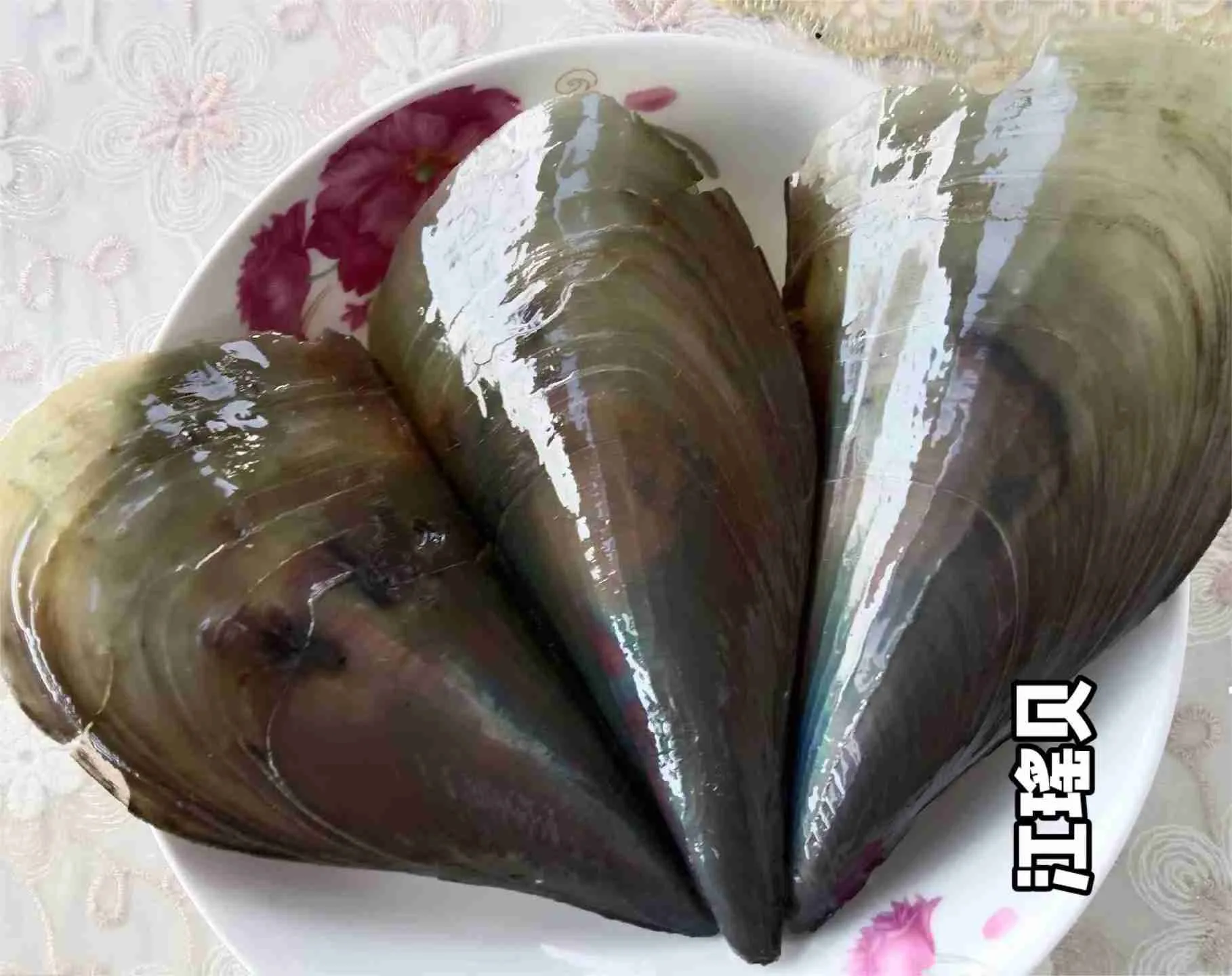
One of the most recognizable types of scallop shells is the Pen Scallop. Renowned for their size, often exceeding ten inches, Pen scallops are akin to mussels in shape. Their shells, dark on the exterior, reveal a metallic brilliance when chipped. Pen Scallop shells are often found in sandy coastal areas and are cherished by collectors for their elegant beauty.
Bay Scallop Shells
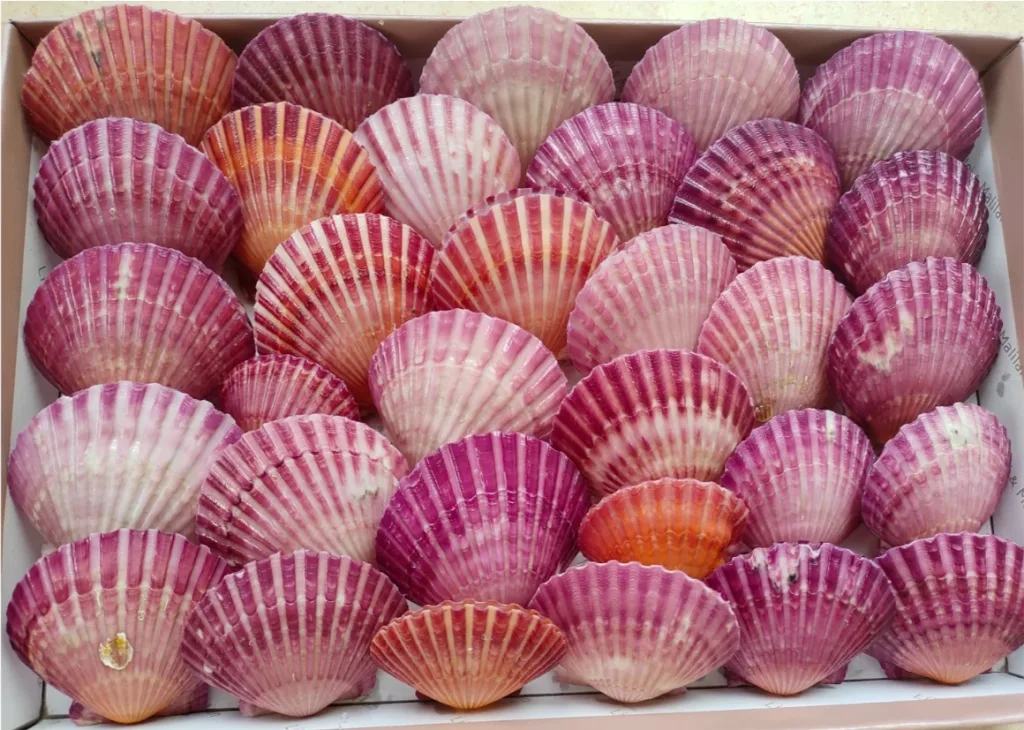
These shells are typically smaller in size, Bay Scallop shells can range in color from shades of white and cream to stunning hues of pink, orange, and even purple.
1)Chinese Bay Scallop Shells
Predominantly white and purple, these shells feature hints of grey, brown, or pink and are common in China’s sea grass beds. Their gentle coloration makes them aesthetically pleasing.
2)Florida Bay Scallop Shells
The upper shell of a bay scallop usually displays a dark, variegated pattern, while the lower shell is commonly white. It’s less frequent to find both shells exhibiting bright yellow or orange hues, making such specimens uncommon and distinctive.
3)where to buy bay scallop seashells?
If you want to purchase these shells offline, it is easy to buy them near the place of origin. However, if you are far away from the place of origin, I recommend that you purchase them from online channels, such as Amazon, eBay, Alibaba, etc., which are all good choices.
Japan Sea Scallop Shells
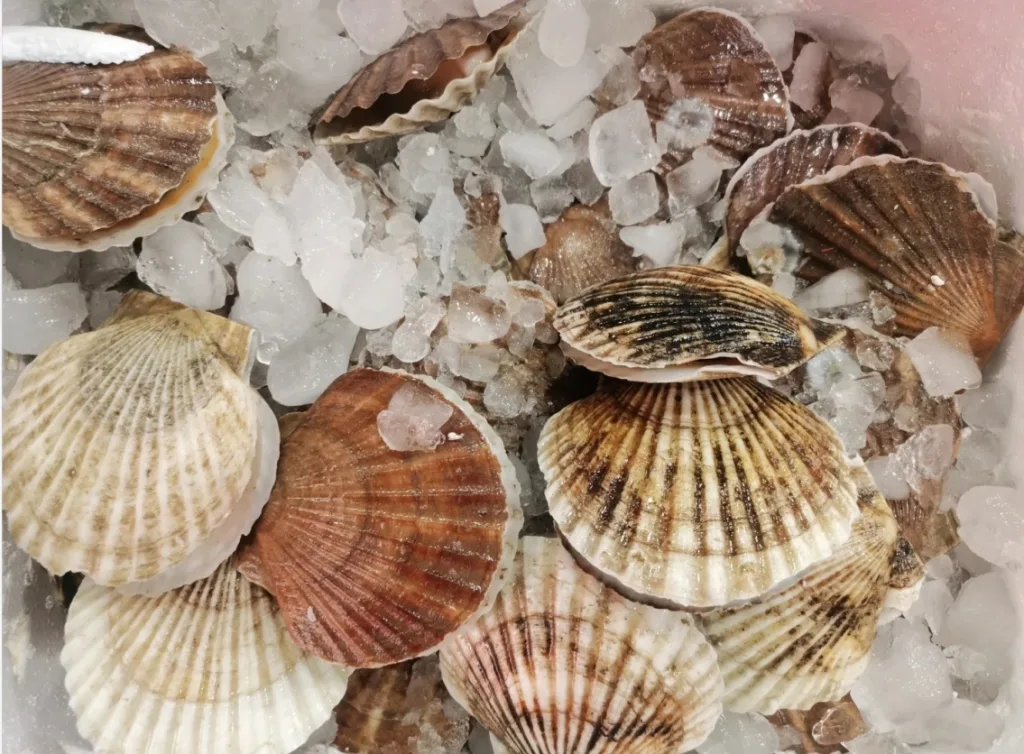
The Japan Sea Scallop shells, often found in hues of white or yellow, are sought-after for their practicality and aesthetics as baking and serving dishes. These shells, typically discovered in Japan’s offshore waters, blend beauty with utility. They feature a rich palette of earthy tones, including brown, beige, and gray, adorned with intricate, lace-like patterns. Their exceptional beauty makes them a favorite among collectors and artisans, commonly utilized in crafting and jewelry-making endeavors.
Mexican Deep Scallops

The Mexican Deep Scallop, distinct for its cup-like form and robust size, showcases a tan and brown exterior complemented by an off-white interior. These shells, originating from West Mexico to Panama, are notable for their substantial diameter and deep cupping. They exhibit a striking blend of white, cream, and beige, contrasting beautifully with their dark, ribbed outer surface. Their durability and size make them popular for use in decorative and crafting applications, adding a unique touch to various projects.
Lion’s Paw Scallop Shells
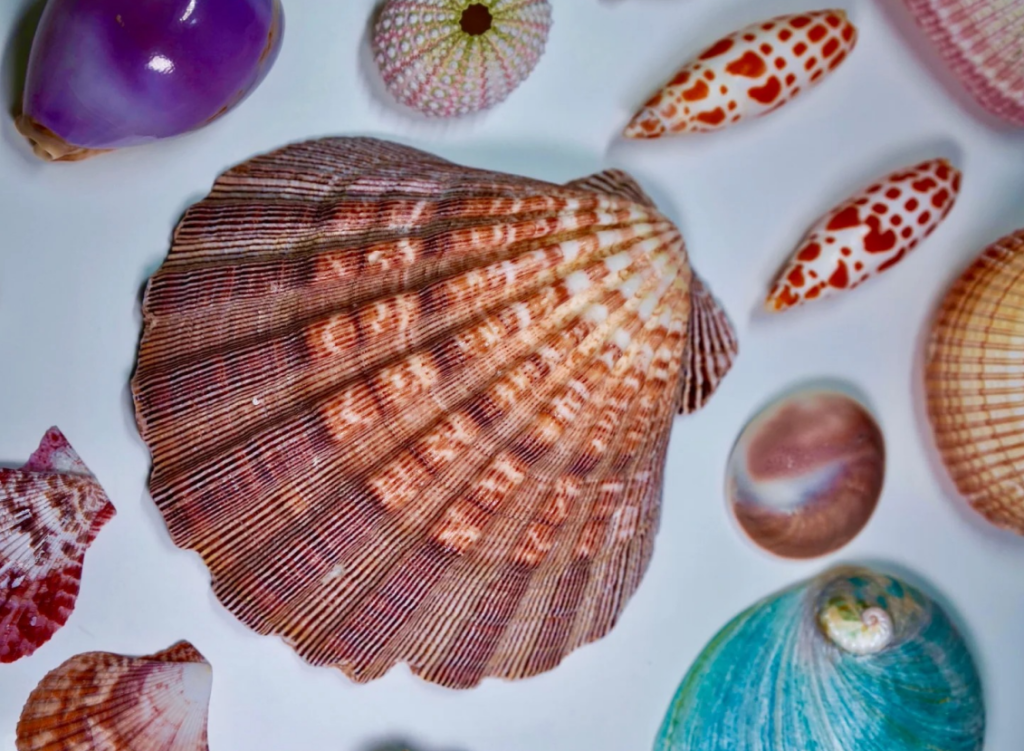
Lion’s Paw Scallop shells, robust and thick, are easily recognizable by their vibrant orange color. Typically found on rocky seabeds, these shells are a popular choice for home decor due to their eye-catching appearance. Known for their fan-like or claw-like shape, Lion’s Paw shells bear intricate patterns and are found in tropical waters. Their color palette ranges from shades of orange to brown and cream, making them a favorite among collectors and artisans for their unique and distinctive look.
Yellow Whole Nobel Pecten Scallop
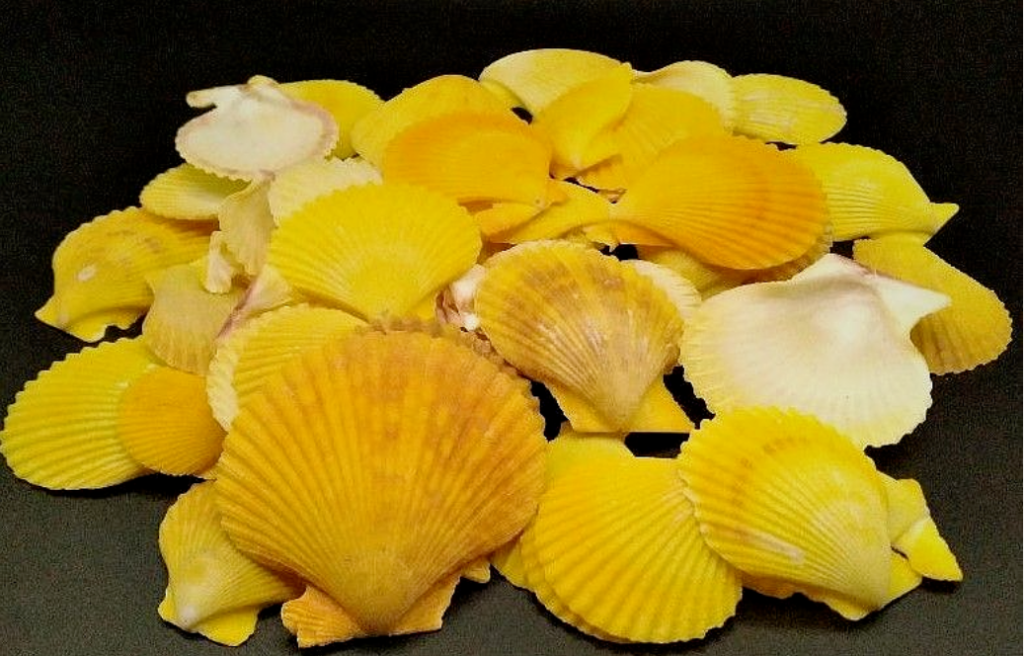
The Yellow Whole Noble Pecten Scallop stands out with its bright yellow hue and symmetrical form. These whole shells are often prepared and glued together for display purposes. Valued for their aesthetic appeal, they are frequently used in decorative arts and jewelry making. The shell’s vibrant color and smooth finish bring an elegant touch to any collection or craft project, highlighting their beauty and versatility.
What are scallop shells good for?
Scallop shells have long been cherished for their beauty and versatility. Beyond their natural allure, these shells find various practical and artistic applications. Here are some popular uses for scallop shells:
Home Decor: Scallop shells are commonly used as decorative elements in homes, adding a touch of coastal charm to any space. They can be displayed in bowls, arranged on shelves, or even used as unique centerpieces.
Crafting: Scallop shells serve as an excellent medium for various crafting projects. From creating unique jewelry pieces to embellishing photo frames or mirrors, the distinct patterns and colors of scallop shells add an artistic flair to any craft.
Ornamentation: Scallop shells are often used to create intricate ornaments and mosaics. These shells can be arranged in different patterns, glued onto various surfaces, or even incorporated into sculptures, providing a visually captivating element.
Spiritual and Symbolic Significance: In many cultures, scallop shells hold spiritual and symbolic meanings. They are associated with fertility, protection, and good luck. Scallop shells have also been used as religious symbols, representing pilgrimages or as emblems of a particular deity.
Exploring different scallop shells reveals their unique beauty, from the Pen Scallop’s ridges to the Bay Scallop’s colors. These shells, serving various decorative and symbolic purposes, embody nature’s wonder and inspire appreciation for their intricate designs.

